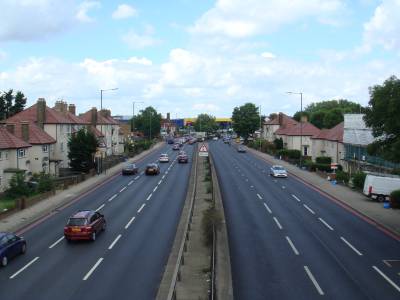The Street Mobility & Network Accessibility project was set up to develop tools for overcoming community severance - also known as the 'barrier effect'.
Community severance occurs where transport infrastructure - such as motorways or railways - or the speed or volume of traffic act as a physical or psychological barrier to the movement of people.
Busy roads lead to trip avoidance; alternative routes for pedestrians may increase distances or be considered inaccessible, unsafe or unpleasant. Residents living on busy streets have smaller social networks; people with fewer social contacts have worse physical and mental health and die younger.
All these effects are worse in older and other vulnerable groups, for whom mobility and social ties are fundamental to good health. Consequences of community severance include reduced mobility and less use of streets as social places due to concerns for physical safety - with consequent curbing of healthy behaviours. This increases social inequalities and exclusion, with consequent economic and social costs
Before we undertook this project, there were no tools available to measure or model community severance, so it was difficult to assess the nature and severity of community severance and to identify its effects on mobility and wellbeing.
The aim of our project was to develop methods to assess community severance at the individual, street and area-wide level to enable research into the effects on mobility, wellbeing and health.

 Close
Close

